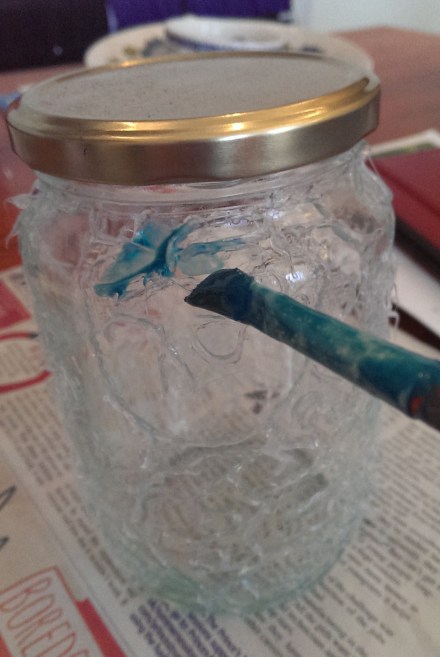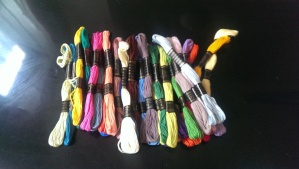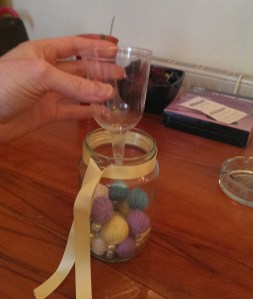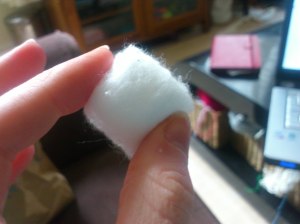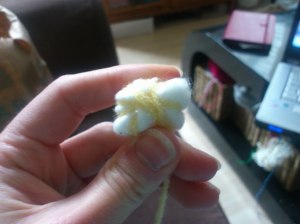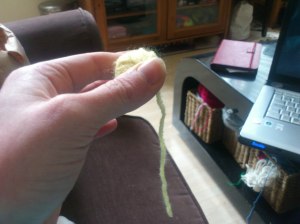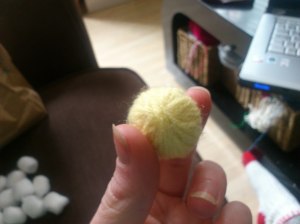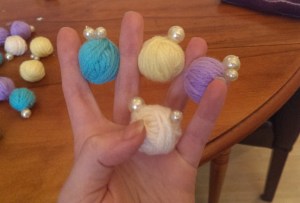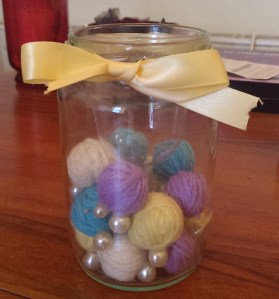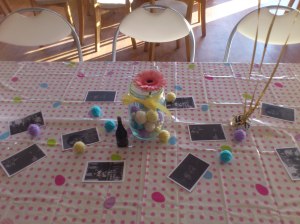
Personal tastes are not for disputing, is what that bit of Latin means. Unfortunately it’s not an ancient Roman saying, the French came up with it a couple of hundred years ago, although I really wish it was. Imagine thousands of years ago the people who conquered most of Europe having a saying that means “It takes all sorts”, or “Each to their own” – whichever translation floats your boat. So once they’d finished subjugating a populace using their renowned stabbing-and-maiming skills they’d let their newly acquired serfs carry on about their business, worshiping whatever bat-shit crazy thing it was that they’d been mooning over pre-serfdom. Actually they really did mostly do that. Which was kind of groovy of them. Kind of. No?
Anyway, I find it absurdly amusing we have a slew of sayings that mean: “Don’t give people shit for liking things that you don’t, because it’s rude and also pointless”,* and yet no one is listening to any of them. The end result is that we mostly stick with people who like the same things, just to avoid the pointless arguments. And that’s a shame, I think.
Does no one else find it bizarre that our social groups are often dictated by our music tastes? We don’t really know why we like the music that we like, but we know that we mostly like other people who like the same things for reasons that they also don’t understand. Doesn’t that feel a bit arbitrary? I mean, I like olives. I don’t know why, they just taste good to me. Should I filter out potential friends based on their feelings about these bubbles of salty deliciousness?**
I’m too neurotic for this minefield. I’m at the point where I no longer tell people what I like in case I have to engage in a fruitless argument about why I shouldn’t like that thing, or worse: see that look in someone’s eyes as they regretfully must consign me to the “not one of us” section of their brain. That look cuts deep, man.
Clearly I have strong feelings about this. Strong enough that I wanted this saying on my wall, and now I have it there, framed in a crunchy halo of free newspaper – the ultimate purveyor of opinion-dressed-as-fact.***
Anyway, let’s not stare too deeply into that pseudo-intellectual-conceptual-art-bollocks-rabbit-hole, here’s a tutorial!


You need this stuff. More specifically: a bit of Aida big enough for your text (count the stitches), some fabric glue, newspaper squares of two different sizes, a tapestry needle threaded with embroidery silk of your chosen colour, a canvas, and some silicone glue. And also ribbon. Ribbon was a last minute decision so there is no picture. If you don’t know what ribbon looks like – tough tits, and also yes you do, stop lying. LIAR.
I was planning on going into exact detail about how to cut your newspaper squares, but then I realised that that’s really dull and that I should let you figure out some things on your own. We’re all adults here.**** I will only tell you that you need two sizes and they need to be squares. None of the lesser quadrilaterals will do.
The frame is made up of two layers of newspaper petals. Large ones go on the outside, smaller ones within. Here’s how to fold them (click to en-big-ulate):

Go easy on me, it’s my first job as a hand model
Use the silicone glue to keep them folded, then trap them under books or something overnight, or until you’re really sure they’re dry (I recommend books and overnight but, like I said, adults).
In the meantime, figure out what you want your cross stitch to say and plan your lettering out. I used graph paper, like so:

I don’t recommend that you get it wrong as many times as I did, but if you get it right first time I shall gift you a shiny cookie. Because counting is hard.
Once you have a pattern, cut your Aida to size, and line it up very carefully against your canvas so that your message or image will sit where you want it. It sounds easy but it’s actually worth taking some time over and doing some more counting. Check your work!
Once you’re all lined up start stitching.


This is Luther. He likes to help, especially when there’s string involved.
Once you’ve stitched your message and your petals are dry, pick up the silicone glue again and start assembling.



Again, I recommend you leave this in a safe, cat-free place to dry for a few hours. Then you can take out the fabric glue and add your ribbon. Don’t worry about making a bit of a mess, it should dry clear. Unless you bought the wrong glue. On your own head be it.




Let each length dry before folding your corners, things get slippy otherwise
Once your ribbon is stuck down all the way around, wait for it dry. There’s a lot of waiting around in this tutorial. I’m sorry about that. I’d come round and make you a cuppa and kill some time with you but that’d raise all kinds of awkward questions.
Anyway, all that’s left to do is tie a bow where the ribbon ends meet, and hang your new motto on your wall for all to be puzzled by.
If you want to try this, but are behind the curve on chosing a personal motto (for shame!), and you also think it’s best to say it with dead languages, there are some good ones here.
Next week: Skulls, tee lights and nail varnish fumes! Goth times!
* Hey look, I just invented another one! Catchy. BACK
** Serious question. I’m inundated with applicants to be my 335th Facebook friend and I can’t decide between the following:
- Two pleasant-looking people who I have nevertheless never met and whose motivations are consequently suspect
- An account for a band that I have never heard, and
- A guy who inbox-ed me to say “Hey xx” last July, and, when he got no reply, waited an entire 12 months to send the same message without the kisses, as if he’d been hurt by my prior rejection and had stewed on it all that time before deciding to give me another chance. More fool him! BACK
*** Print media is dying, ergo profits are down. Opinion pieces are cheap. Proper journalism is not. It’s a simple formula equating to tragedy. BACK
**** If you’re not an adult then get someone else to wield the scissors, and then stop reading this blog because I swear a lot. BACK *****
***** Are you sick of footnotes yet? I still like them, but I didn’t intend them to get this out of hand. ******
****** I don’t seem to be able to stop.
Tell your crafty friends:











